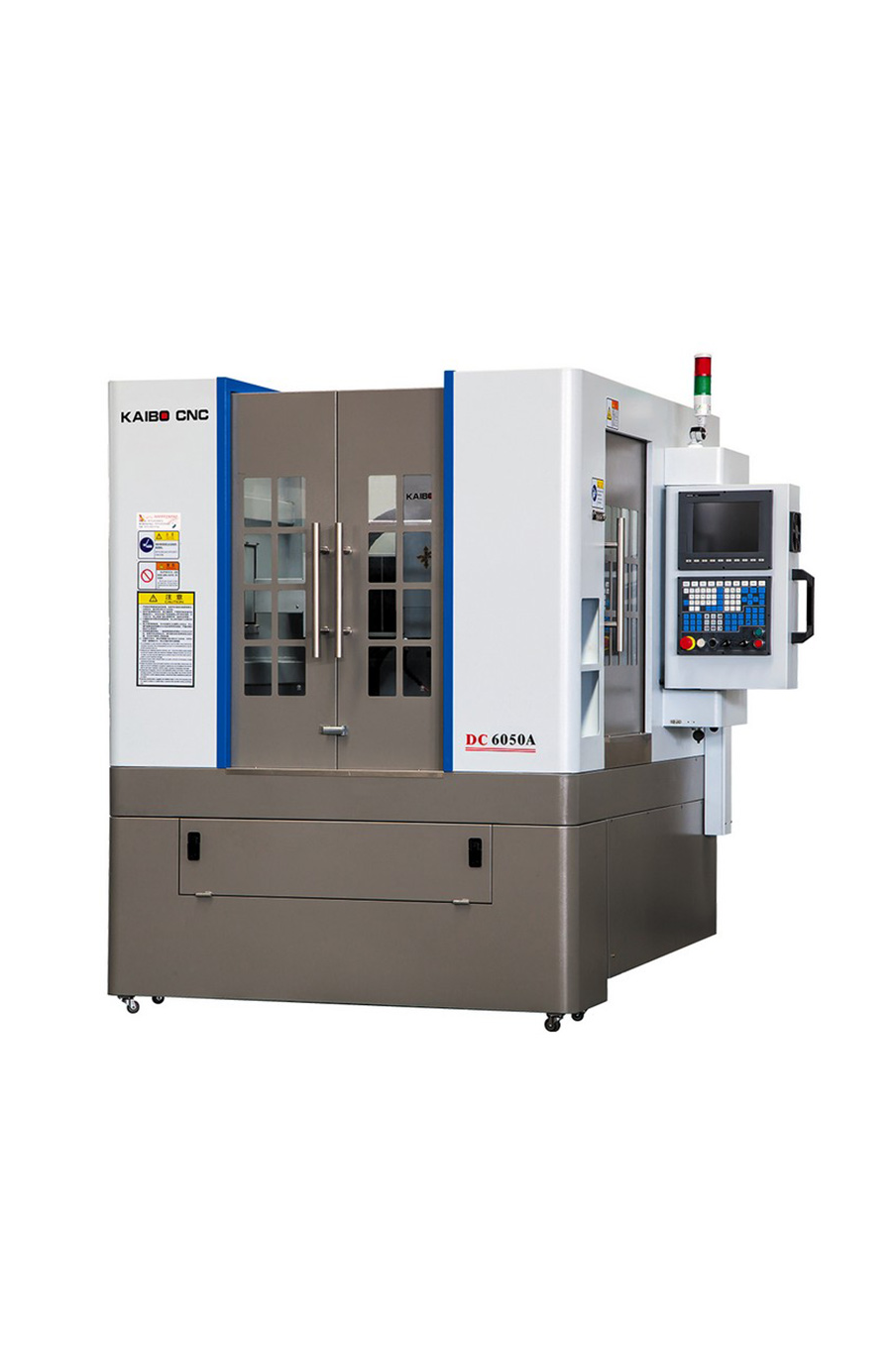
Manufacturers working with graphite—especially in aerospace, medical, and EV battery sectors—are increasingly facing a silent but costly challenge: metal chips and fine graphite dust infiltrating CNC machining centers. According to a 2023 study by the International Journal of Advanced Manufacturing Technology, uncontrolled contamination leads to an average of 18% more unplanned downtime annually across high-precision facilities using wet-grind processes.
Traditional open or semi-sealed enclosures fail to protect critical components like servo motors, linear guides, and control boards from abrasive particles. In one case from a German automotive supplier (2022), repeated exposure to wet graphite slurry caused premature wear on guide rails—leading to 37% higher maintenance costs over two years compared to units equipped with full-seal solutions.
| Component Type | Failure Rate (Without Seal) | Failure Rate (With Full Seal) |
|---|---|---|
| Servo Motor Bearings | 12.4% | 2.1% |
| Electronics Control Board | 9.8% | 1.3% |
| Linear Guide Rails | 15.6% | 3.2% |
The breakthrough lies not just in sealing—but in how it’s done. High-performance polymers such as ABS-PC blends with anti-static additives offer both durability and static dissipation, preventing particle accumulation. Dynamic sealing interfaces using EPDM rubber gaskets reduce leakage by up to 94% compared to standard O-rings (per ISO 16890 testing).
But sealing alone isn’t enough. A well-engineered airflow system balances cooling needs with containment. By integrating passive heat sinks and strategically placed vents, engineers achieve up to 25°C lower internal temperatures than conventional designs—without compromising dust exclusion.

A leading Chinese mold manufacturer reported a 40% reduction in scheduled maintenance cycles after retrofitting their wet-graphite machining centers with full-seal enclosures. They also saw a measurable improvement in surface finish consistency—a key metric for customers in the semiconductor industry.
This isn't just about protecting machines—it's about protecting your bottom line. With global demand for precision graphite machining rising at 7.2% CAGR (Statista, 2024), manufacturers who invest in smart enclosure design are positioning themselves ahead of the curve—not just in uptime, but in reputation.
Download our free whitepaper: "Full-Seal Enclosure Design for Wet-Graphite Machining – Technical Guidelines & Case Studies"
Get the Whitepaper Now
